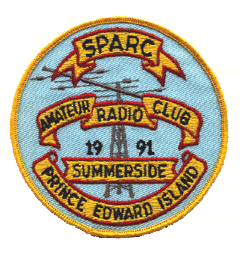07/25/2018
WSJT-X co-developer Joe Taylor, K1JT, has announced that major changes are coming to the FT8 and MSK144 digital protocols when WSJT-X version 2.0 arrives in a few months. Taylor said version 2.0 should be ready for prime time by January.
“Much of the necessary programming is finished,” Taylor said in a post to the Packrats reflector. “Many of the new features have been tested on the air, and we find them to work well.”
Taylor was quick to point out that the new capabilities are not yet publicly available, not even in beta form. He said that he, Steve Franke, K9AN, and Bill Somerville, G4WJS, have been developing “enhanced versions of the MSK144 and FT8 protocols that extend the message payload to 77 bits.”
“Don’t rush to download something,” he cautioned. “There is more testing and code optimization to do.” He said current plans call for a beta-testing period “probably starting in mid- to-late September,” with a full release “possible a couple of months later.”
Taylor ticked off a few possibilities WSJT-X version 2.0 will bring to the table:
- ARRL Field Day operation with standard Field Day exchanges.
- ARRL RTTY Roundup operation with standard contest exchanges.
- North American VHF contest operation with full support of grid exchanges and Rover (/R) call signs.
- European VHF contest operation with the exchange of six-digit grids, QSO serial numbers, and portable (/P) call signs.
- Better and more user-friendly support for compound and nonstandard call signs.
- A special “telemetry” message format for exchanging arbitrary information up to 71 bits.
- Support for the existing “FT8 DXpedition Mode,” with a more powerful DXpedition Mode possible too.
“All of these features work seamlessly and automatically,” Taylor said. “No ‘contest mode’ checkboxes are needed. In most situations, decoding sensitivity will be slightly better than at present for FT8; for MSK144 it will sometimes be about 0.5 dB worse. Occupied bandwidths will be the same as they are now, and false-decode rates will be significantly lower.”
Taylor said WSJT-X version 2.0 will be available in time for users to digest the new documentation and to practice it before actually getting on the air with it, but he offered one important caveat. “The new protocols cannot be backward compatible with the existing ones,” he said in his post. “We will probably provide some temporary ‘bilingual’ capability for FT8, but not for MSK144. It will be essential for users to upgrade to version 2.0 in order to use the new features and communicate with others who have made the upgrade.”
Taylor promised “plenty of advance notice” about the transition period and a must-upgrade-by date
